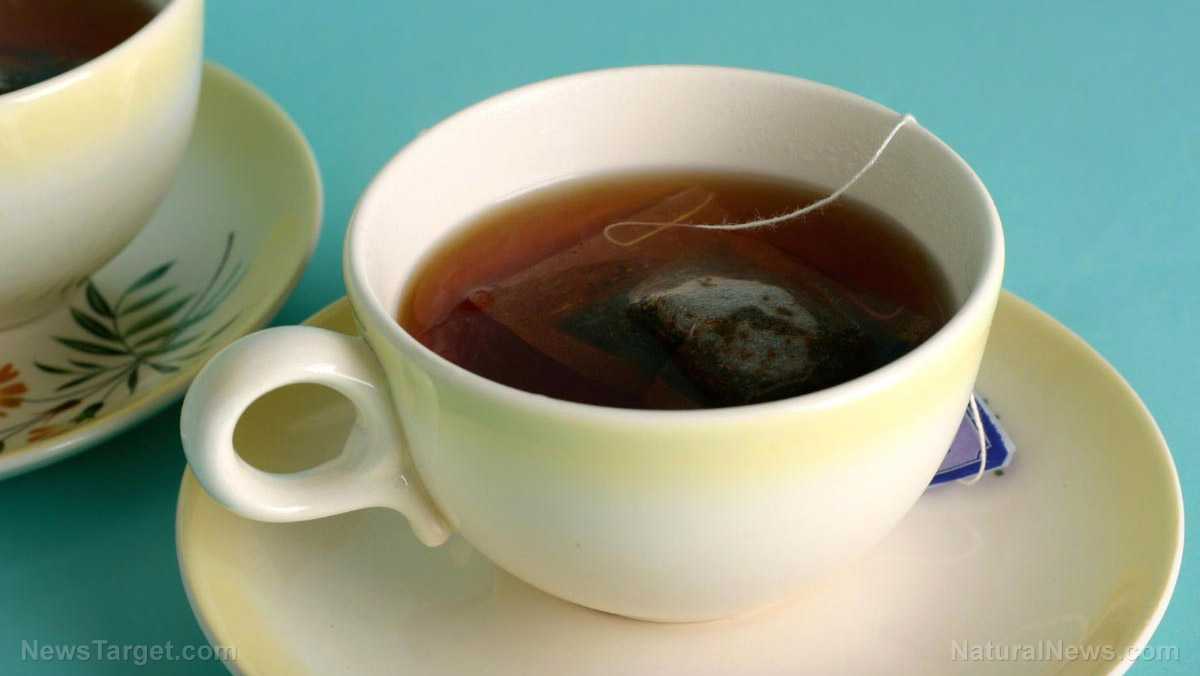Nature Knows and Psionic Success
God provides
Drink more black tea to prevent this common sexually transmitted disease

( Natural News ) A study conducted by the U.S. Department of Agriculture (DA) found that drinking more black tea will protect against trichomoniasis, one of the world’s most prevalent sexually transmitted diseases (STDs). This is due to protective compounds in the tea that can inhibit the parasite’s growth. Trichomoniasis is caused by the protozoan Trichomonas vaginalis . It renders people more vulnerable to reproductive morbidity and the human immunodeficiency virus (HIV). Related protozoans are responsible for other diseases. Certain strains of T. vagilanis are now resistant to the first line treatment drug metronidazole. Researchers are now looking for alternative methods of treating the non-viral STD. An earlier study by the DA researchers found that tomatine – a natural compound found in tomatoes – could prevent the growth of Trichomonas strains in humans, cattle, and cats. Their report suggested that natural foods can be used to stop and treat trichomoniasis. Working alongside their counterparts in the University of the Pacific (UotP), they investigated edible plants that prevent the growth of pathogenic microbes. The researchers suspected that natural ingredients capable of breaking the cell membranes of microbes could also kill protozoans such as Trichomonas . (Related: Tea boosts your brainpower: Study finds it makes you happy, which boosts creativity .) Black tea extracts inhibited growth of three different Trichomonas strains The DA researchers tested 10 solutions made from powdered edible plants: Two green tea extracts, two extracts from black tea, pomegranate fruit extract, pomegranate seeds, jujube fruit, jujube seeds, red wine grape extract, and grape seed extract. The power of the elements : Discover Colloidal Silver Mouthwash with quality, natural ingredients like Sangre de Drago sap, black walnut hulls, menthol crystals and more. Zero artificial sweeteners, colors or alcohol. Learn more at the Health Ranger Store and help support this […]
Click here to view full article
